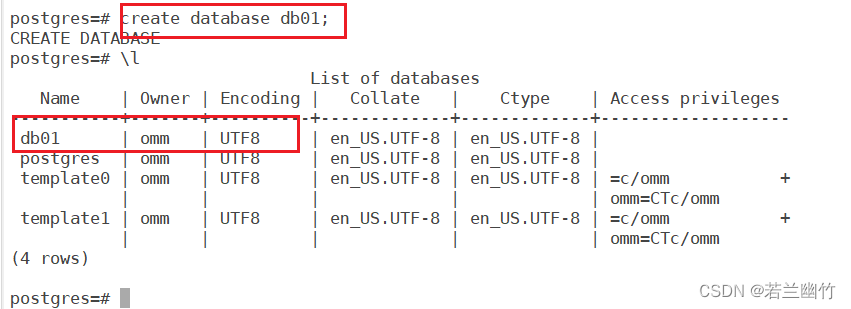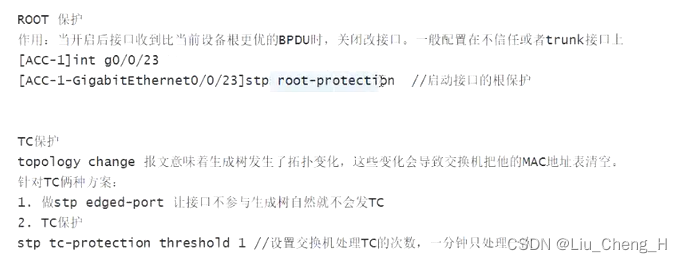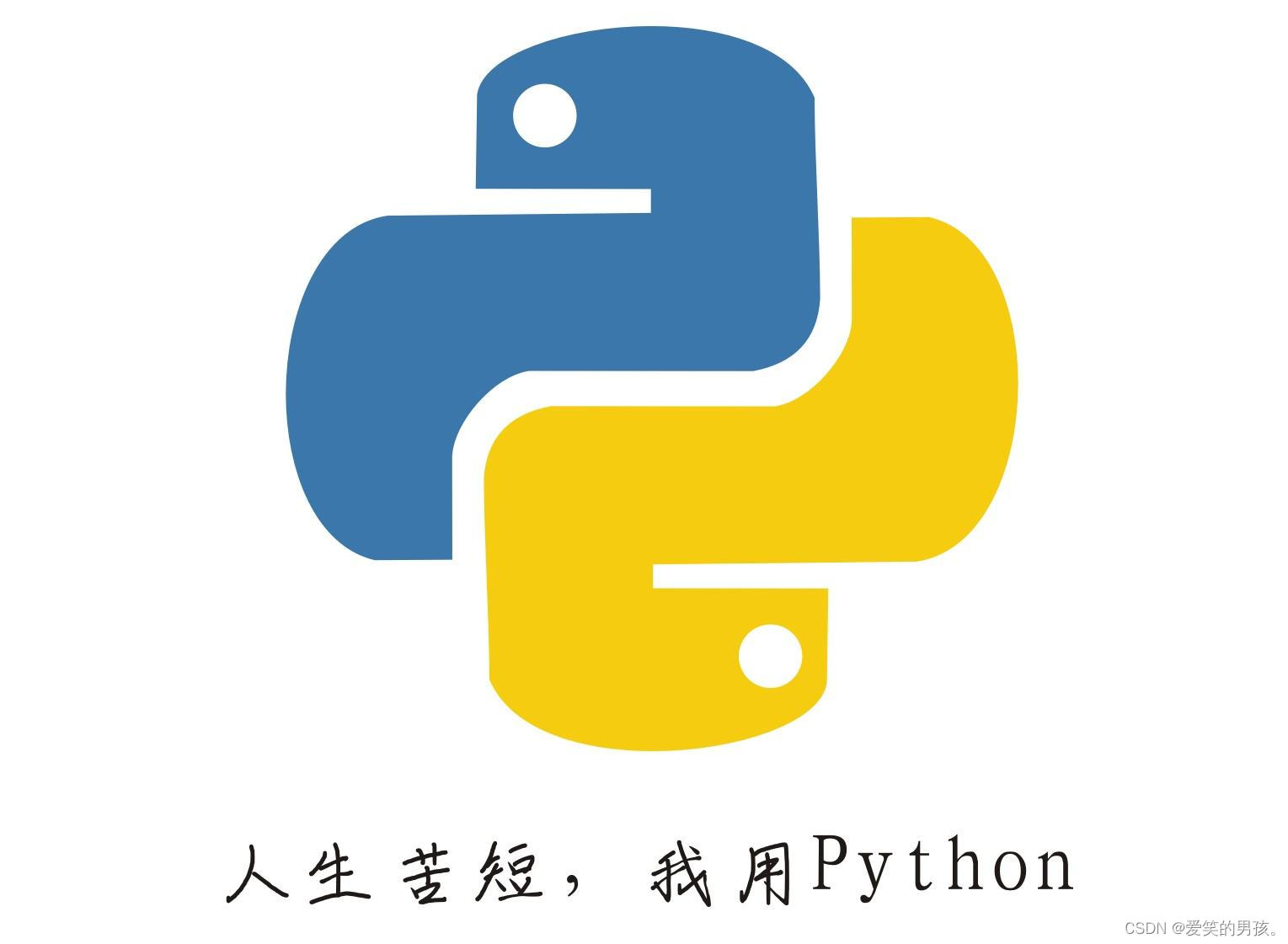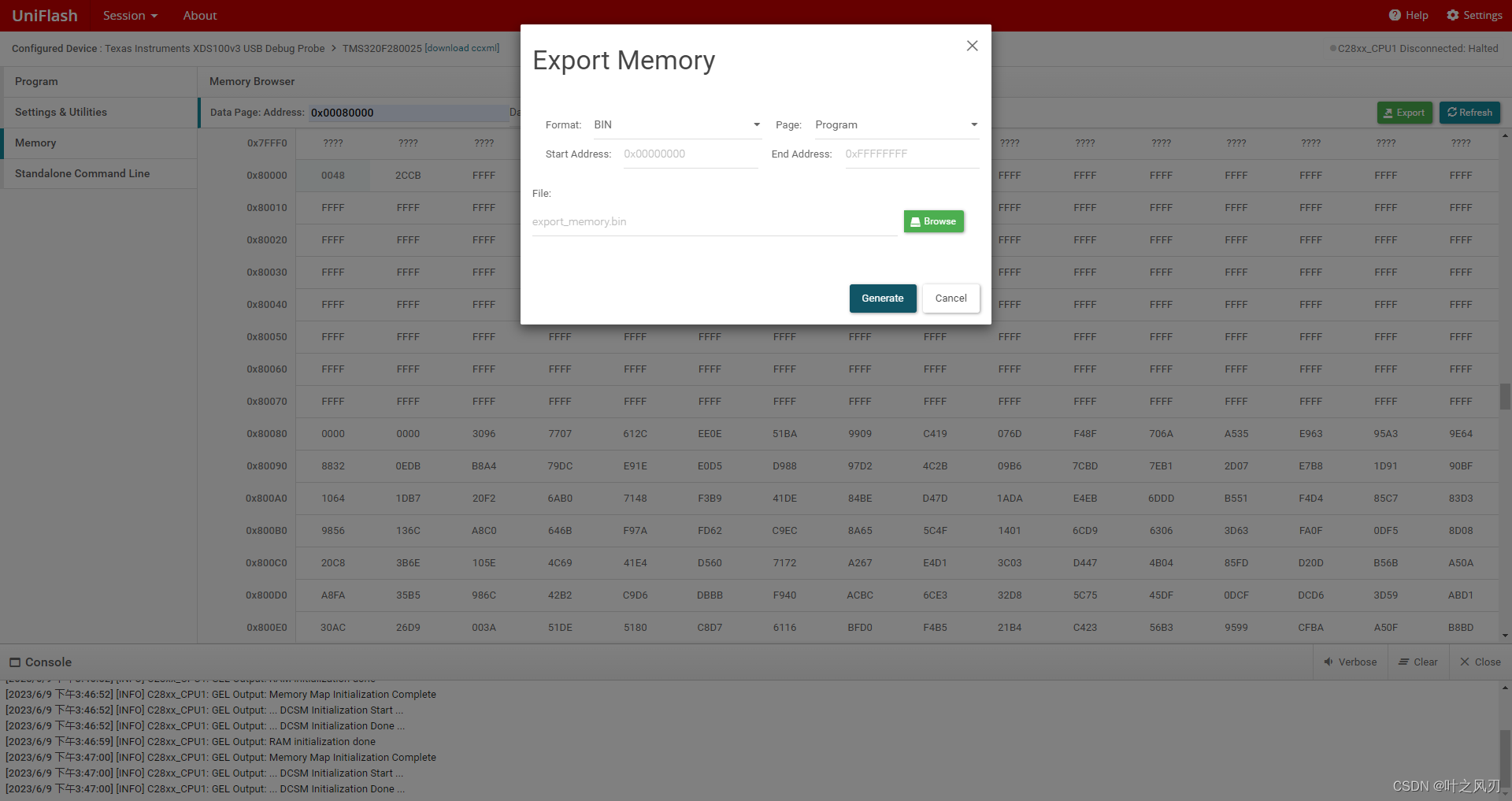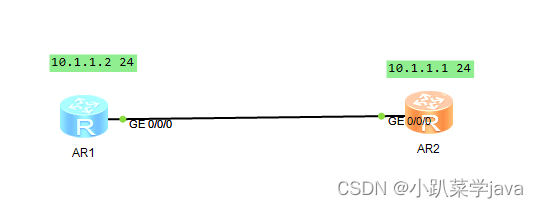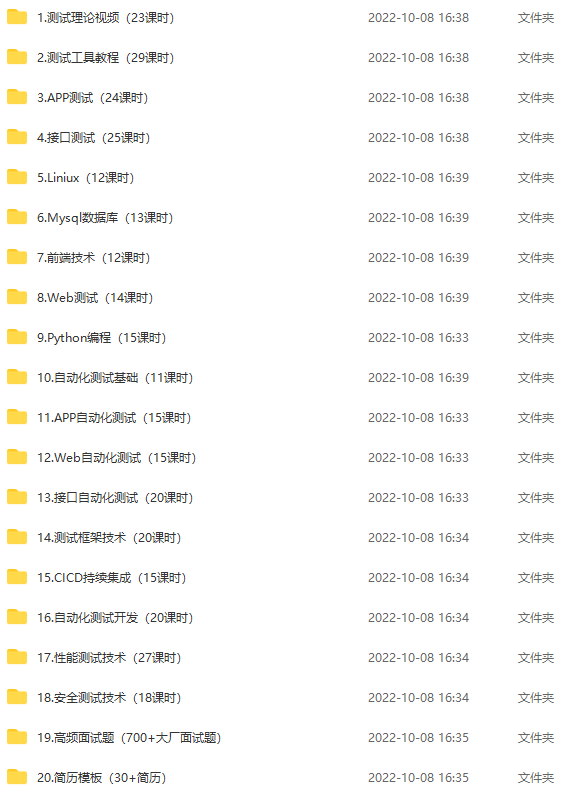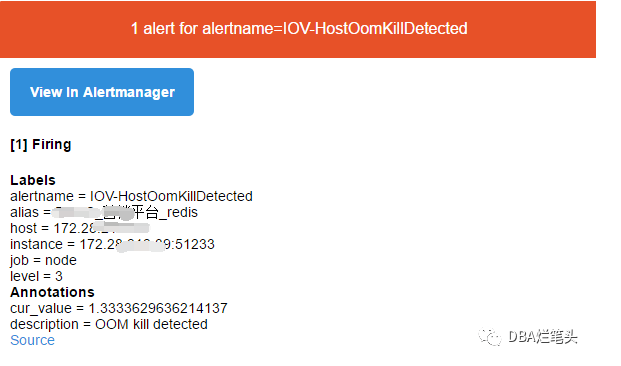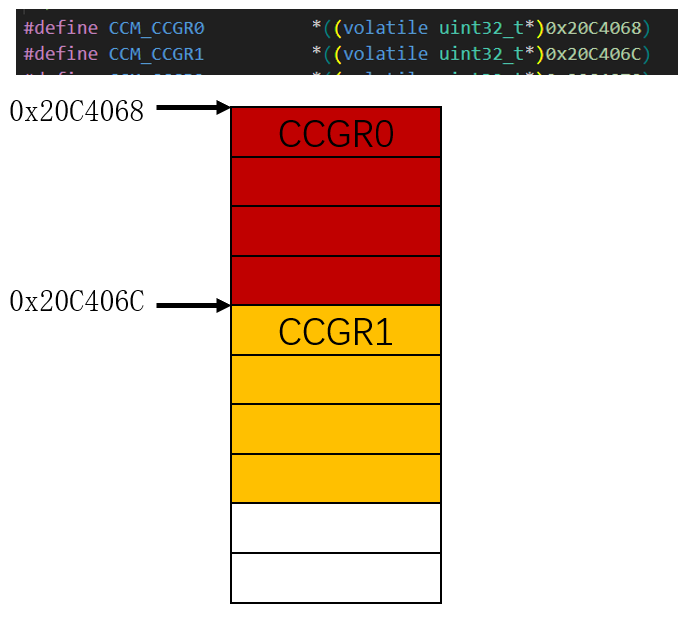目录
- Dependency Grammar
- Dependency Grammar
- Dependency Relations
- Application: Question Answering
- Application: Information Extraction
- Dependency vs. Constituency
- Properties of a Dependency Tree
- Projectivity
- Treebank Conversion
- Transition-based Parsing
- Dependency Parsing
- Transition-Based Parsing
- Parsing Model
- Graph-based Parsing
- Graph-based Parsing
Dependency Grammar
Dependency Grammar
-
Dependency grammar offers a simpler approach to CFG:
- Describe relations between pairs of words
- Namely, between heads and dependents
-
Deal better with languages that are morphologically rich and have a relatively free word order
- CFG need a separate rule for each possible place a phrase can occur in
-
Head-dependent relations similar to semantic relations between words
- More useful for applications: coreference resolution, information extraction
Dependency Relations
-
Captures the grammatical relation between:
- Head: central word
- Dependent: supporting word
-
Grammatical relation: subject, direct object, …
-
Many dependency theories and taxonomies proposed for different languages
-
Universal dependency: a framework to create a set of dependency relations that are computationally useful and cross-lingual

Application: Question Answering
- Dependency tree more directly represents the core of the sentence: who did want to whom?
- Captured by the links incident on verb nodes

Application: Information Extraction
Brasilia, the Brazilian capital, was founded in 1960.tocapital(Brazil, Brasilia); founded(Brasilia, 1960)- Dependency tree captures relations succinctly

Dependency vs. Constituency
-
Dependency tree:
- Each node is a word token
- One node is chosen as the root
- Directed edges link heads and their dependents
-
Constituency tree:
- Forms a hierarchical tree
- Word tokens are the leaves
- Internal nodes are constituent phrases
-
Both use POS
Properties of a Dependency Tree
- Each word has a single head (parent)
- There is a single root node
- There is a unique path to each word from the root
- All arcs should be projective
Projectivity
-
An arc is projetive if there is a path from head to every word that lies between head and the dependent

-
Dependency tree is projective if all arcs are projective. In other words, a dependency tree is projective if it can be drawn with no crossing edges
-
Most sentences are projective, but exception exist
Treebank Conversion
- A few dependency treebanks but many constituency treebanks
- Some constituency treebanks can be converted into dependencies
- Dependency trees generated from constituency trees are always projective
- Main idea: Identify head-dependent relations in constituency structure and the corresponding dependency relations
- Use various heuristics
- Often with manual correction
Transition-based Parsing
Dependency Parsing
-
Find the best structure for a given input sentence
-
Two main approaches:
- Transition-based: Bottom-up greedy method
- Graph-based: encodes problem using nodes/edges and use graph theory methods to find optimal solutions
-
Caveat:
- Transition-based parsers can only handle projective dependency trees
- Less applicable for languages where cross-dependencies are common
Transition-Based Parsing
-
Processes word from left to right
-
Maintain two data structures:
- Buffer: Input words yet to be processed
- Stack: Store words that are being processed

-
At each step, perform one of the 3 actions:
- Shift: Move a word from buffer to stack
- Left-Arc: Assign current words as the head of the previous word in stack
- Right-Arc: Assign previous word as head of current word in stack
-
E.g.


-
For simplicity, omit labels on the dependency relations. In practice, we parameterize the left-arc and right-arc with dependency labels:
- E.g.
left-arc-nsubjorright-arc-dobj
- E.g.
-
Expands the list of actions to > 3 types
-
Assume an oracle that tells the correct action at every step. Given a dependency tree, the role of oracle is to generate a sequence of ground truth action.
Parsing Model
-
Train a supervised model to mimic the actions of the oracle
- To learn at every step the correct action to take
- At test time, the trained model can be used to parse a sentence to create the dependency tree
-
Parse as Classification:
- Input:
- Stack: top two elements: s1 and s2
- Buffer: first element: b1
- Output:
- 3 classes:
shift,left-arc,right-arc
- 3 classes:
- Features:
- word, part-of-speech
- Input:
-
Traditionally SVM works best. Nowadays, deep learning models are SOTA
-
Weakness: local classifier based on greedy search
-
Solution:
- Beam Search: Keep track of top-N best actions
- Dynamic oracle: during training, use predicted actions occasionally
- Graph-based parser
Graph-based Parsing
Graph-based Parsing
-
Given an input sentence, construct a fully-connected, weighted, directed graph
-
Vertices: all words
-
Edges: head-dependent arcs
-
Weight: score based on training data (relation that is frequently observed receive in a higher score)
-
Objective: find the maximum spanning tree (Kruskal’s algorithm)
-
Advantage
-
Can produce non-projective trees
-
Score the entire trees:
- Avoid making greedy local decisions like transition-based parsers
- Captures long dependencies better
-
-
E.g.:

-
Caveat: Tree may contain cycles
- Solution: Need to do cleanup to remove cycles
